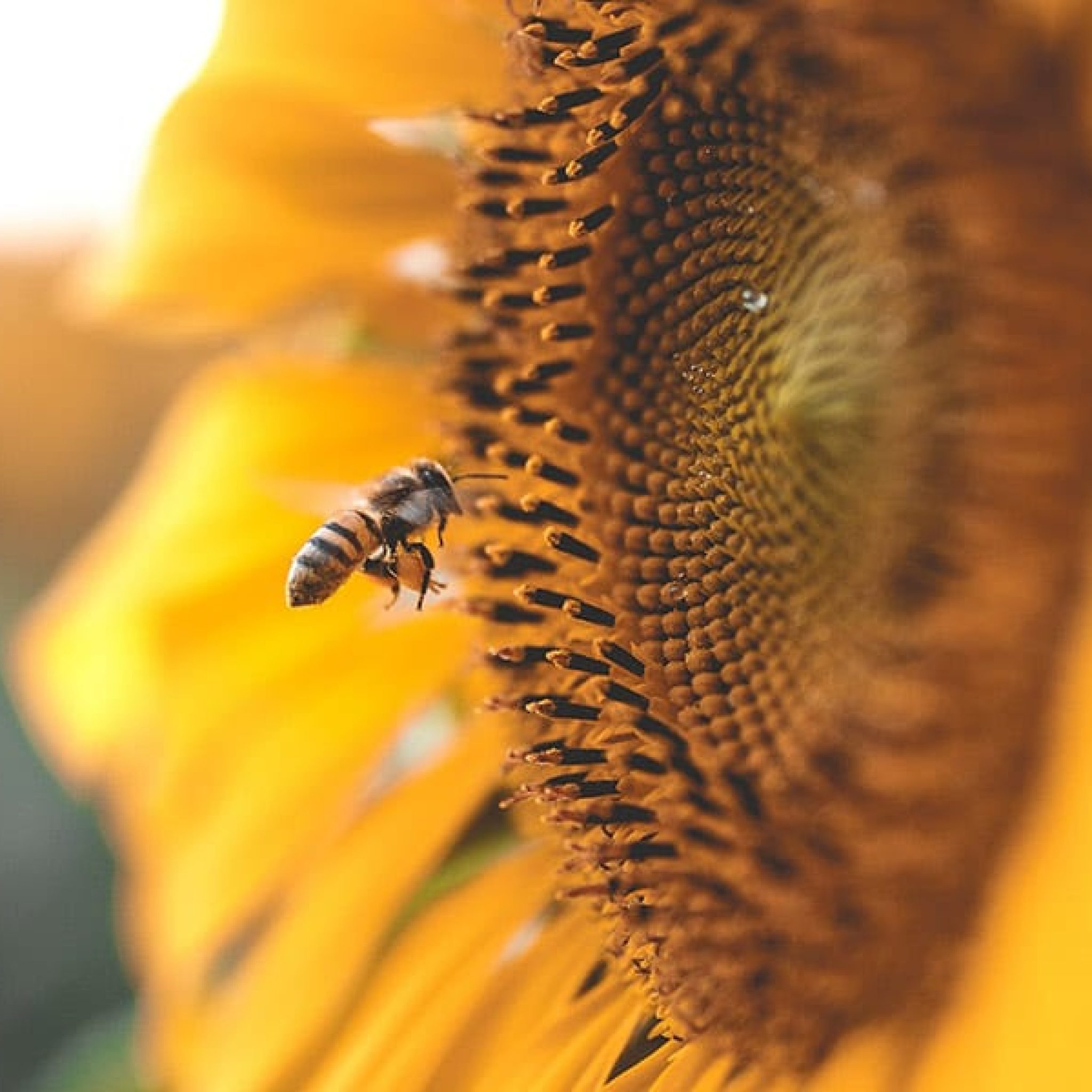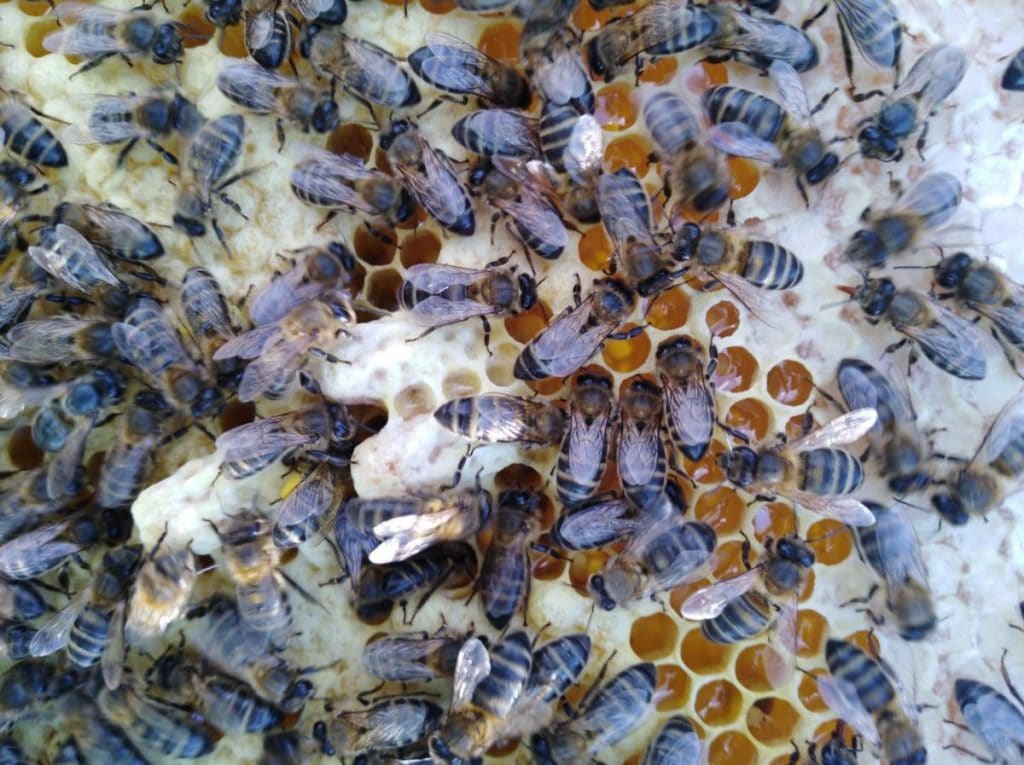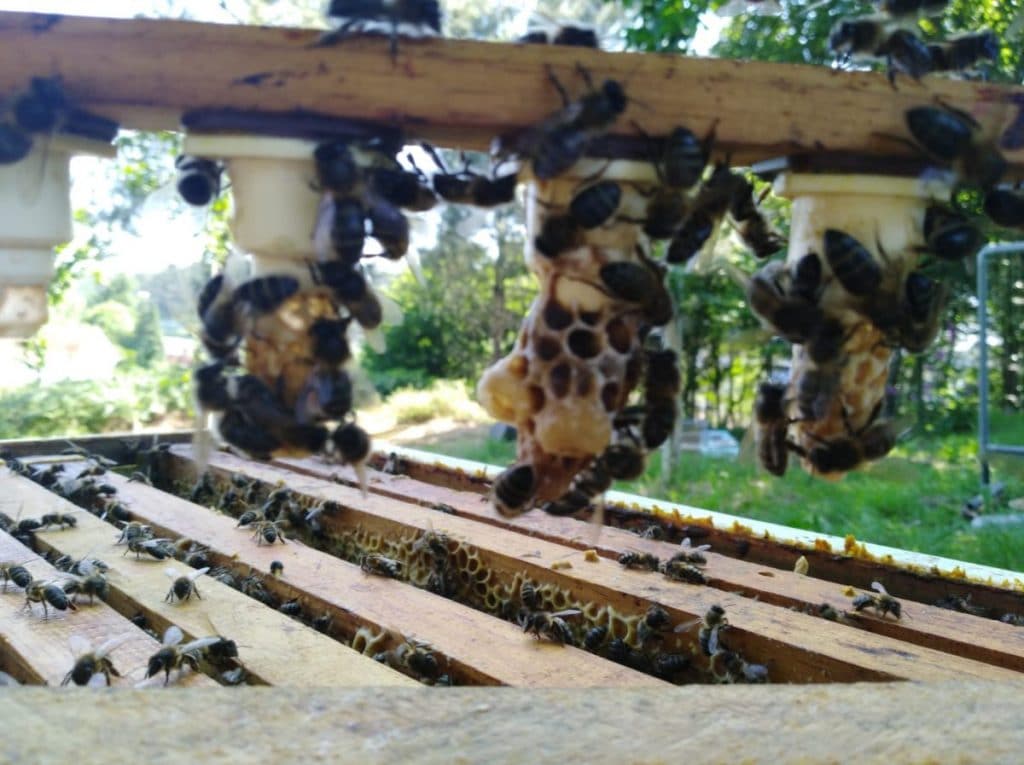Do you know the "Yes" technique?
We live in an ecosystem that, although it may not seem so, is much more fragile than we think.

Unfortunately, we have experienced major natural disasters caused by humans and have become aware of their tremendous negative impact, but when it comes to caring for the environment, even the smallest details matter.
In this article we would like to point out something whose relevance may be beyond our comprehension. It is about the importance of insects (such as the bee, for example) in making the world and our way of life as we know it today.
The fact is that in the last 40 years, while humans have doubled our population, the number of insects has almost halved. And this is something to be aware of, because the food and water we depend on every day is sustained by insects.
The fundamental function of insects is pollination, which fertilizes most of the planet’s crops and wildflowers. Species such as bees and ants contribute to seed dispersal over large areas of land. Insects also participate in the transformation of other organic elements such as wood, plants and animals into other nutrients. And also, finally, insects are food for other animals. If insect numbers drop substantially, other living things such as birds and reptiles will be at risk as well.


Despite all this, it can still be difficult to understand the importance of insects in the ecosystem, but this sentence by Anne Sverdrup-Thygeson explains it well:
“NATURE’S SYSTEMS ARE LIKE A HAMMOCK ON WHICH HUMANITY RESTS: YOU CAN PULL OUT A FEW THREADS, BUT AT SOME POINT THE FABRIC UNRAVELS AND THEN COME THE CONSEQUENCES.”

In this article we would like to acknowledge and thank our colleague David for helping us to become aware of the importance of these little creatures, the insects. He is a beekeeper and knows very closely the relevance of the bee’s work, and is a strong advocate of it (as we are, from now on). It is a story that helps us to know that respect and honesty should be valued even in the smallest details.
If you want to know more, here are some links that we have used to write this article. SOURCES:
